Kleń – (Leuciscus cephalus) – Chub
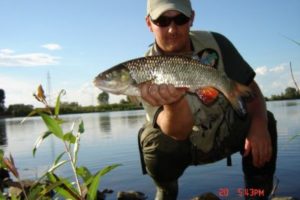
Kleń, znany także jako kleń europejski (Leuciscus cephalus), to niezwykła ryba słodkowodna, która budzi zainteresowanie zarówno wśród wędkarzy, jak i entuzjastów przyrody. Jego charakterystyczne cechy i fascynujące zachowanie sprawiają, że jest to gatunek godny poznania.
Opis Morfologiczny
Kleń ma wyjątkowy wygląd, który łatwo odróżnić od innych ryb. Jego ciało jest lekko bocznie spłaszczone i pokryte dużymi, czarno obrzeżonymi łuskami. Z wyraźnie zarysowanymi, szeroko osadzonymi oczami, kleń wygląda jak mistrz kamuflażu wśród wód słodkich. Płetwa grzbietowa i ogonowa mają szarozielone zabarwienie, podczas gdy płetwy brzuszne i odbytowa są czerwone, dodając mu charakterystyczny wygląd.
Środowisko Naturalne
Kleń to ryba, która doskonale przystosowała się do różnorodnych środowisk wodnych. Można go spotkać zarówno w rzekach o wolnym nurcie, jak i w jeziorach, zbiornikach zaporowych czy nawet w zatokach morskich. Preferuje wody o umiarkowanym przepływie, choć potrafi przetrwać nawet w warunkach o większym prądzie. Jest też niezwykle odporny na zmiany temperatury, co sprawia, że jego zasięg występowania jest szeroki.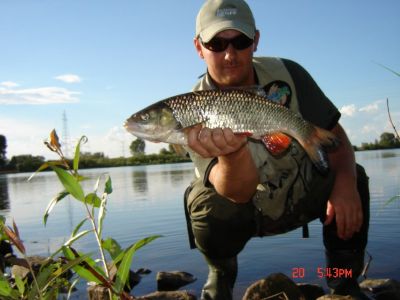
Zachowanie i Żerowanie
Kleń to ryba wszystkożerna, co czyni go wyjątkowo łatwym łupem dla wędkarzy. Od młodego wieku pożera różnorodne pokarmy, począwszy od larw owadów po małe ryby i rośliny wodne. Jego łatwość w znalezieniu pokarmu sprawia, że jest często celem połowów, zarówno przez wędkarzy rekreacyjnych, jak i komercyjnych.
Popularyzacja wędkarstwa
Kleń cieszy się popularnością wśród wędkarzy ze względu na swoją aktywność i gotowość do zabrania przynęty. Zwłaszcza młode osobniki stanowią doskonały cel dla początkujących wędkarzy, którzy chcą zdobyć pierwsze doświadczenia na wodzie. Jednakże, łowienie większych kleń wymaga już większego doświadczenia i umiejętności, ponieważ te ryby stają się coraz bardziej ostrożne w miarę dorastania.
Ochrona i Regulacje Połowowe
W niektórych regionach, kleń może być objęty określonymi regulacjami dotyczącymi połowów. W związku z tym ważne jest, aby wędkarze zapoznali się z lokalnymi przepisami i zasadami dotyczącymi ochrony tej ryby, aby przyczynić się do jej zrównoważonego wykorzystania.
Podsumowanie
Kleń to niezwykła ryba, która stanowi istotny element ekosystemów słodkowodnych. Jego różnorodność, wyjątkowy wygląd i zachowanie przyciągają uwagę zarówno naukowców, jak i pasjonatów przyrody. Dla wędkarzy kleń to nie tylko cel połowów, ale także inspiracja do odkrywania piękna natury i uroków życia nad wodą.
Powiązane wpisy:
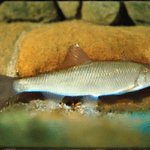 Jelec – Leuciscus leuciscus – Common dace
Jelec – Leuciscus leuciscus – Common dace
 Jaź – (Leuciscus idus L.) – Common Dace
Jaź – (Leuciscus idus L.) – Common Dace
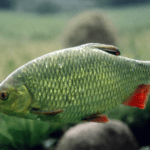 Wzdręga – Scardinius erythrophthalmus – Rudd
Wzdręga – Scardinius erythrophthalmus – Rudd
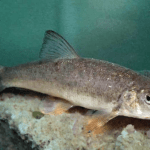 Brzanka – Barbus peloponnesius- Barbus
Brzanka – Barbus peloponnesius- Barbus
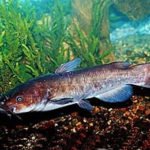 Sumik karłowaty – (Ameiurus nebulosus) – Brown bullhead
Sumik karłowaty – (Ameiurus nebulosus) – Brown bullhead
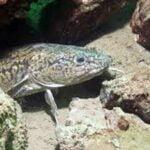 Miętus (Lota lota) – Burbot
Miętus (Lota lota) – Burbot
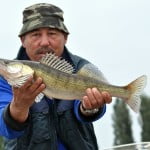 Sandacz (Sander lucioperca) – Walleye
Sandacz (Sander lucioperca) – Walleye
 Rozpiór – (Abramis ballerus) – Zope
Rozpiór – (Abramis ballerus) – Zope
 Szczupak pospolity (Esox lucius) – Pike
Szczupak pospolity (Esox lucius) – Pike
 Kiełb – Pospolity – Kesslera – Białopłetwy
Kiełb – Pospolity – Kesslera – Białopłetwy

